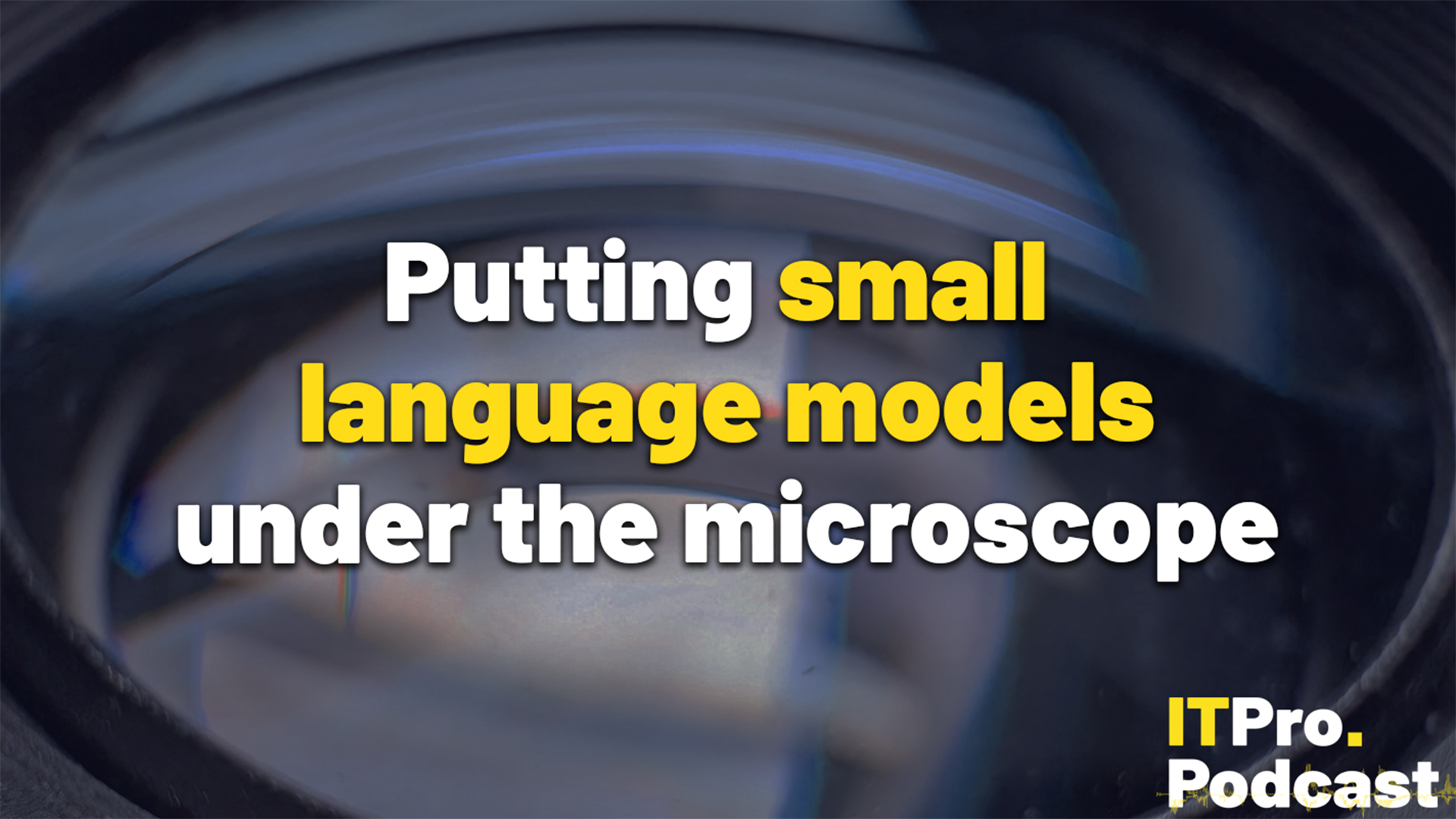Why it’s time to expand beyond 16:9 monitors
Widen your working horizon with Philips USB-C docking UltraWide & SuperWide monitors

Whether in the office or at home, looking at a single 16:9 monitor can feel rather limited. There’s only so much screen real estate you can work with, no matter how large the display.
Firstly, the common 16:9 aspect ratio and the associated screen resolutions (1,920 x 1,080 Full HD or 3,840 x 2,160 Ultra HD) offer a great deal of horizontal screen space, which is far better suited to movies and videos than it is productivity tasks.
Documents, spreadsheets and most pieces of productivity software benefit from more vertical space. Even websites are often optimised for mobile and tablet interfaces, which results in blank spaces alongside the centred content. 16:10 displays aimed at businesses solve this issue partly thanks to the increased vertical space (such as a 1,920 x 1,200 resolution).
Secondly, 16:9 displays aren’t wide enough to display two app windows side by side comfortably. The individual windows aren’t wide enough, causing scroll bars to appear and resulting in a cramped experience.
Widescreen solution
This is why users are increasingly gravitating towards multi-monitor setups, placing two or three monitors next to each other. Even if the monitors are 16:9 and lack the extra vertical space, this improves multitasking and productivity significantly, as you can open two full-sized windows and work on both at once. While this is efficient, it’s certainly not optimal, resulting in a cluttered desk with twice the cabling, twice the power consumption and distracting bezels.
Philips tackles these issues with its new SuperWide and UltraWide monitors. The Philips 499P9H (32:9) and Philips 439P9H (32:10) SuperWide monitors combine two full-sized monitors in 16:9 or 16:10 aspect ratio in an extra-wide, curved panel with a single stand, allowing for height, tilt and swivel adjustments. This way, three full-sized windows can be comfortably viewed at the same time.
The curved monitors, in either 49in or 43in, have a three-sided borderless design and a unique, sturdy stand boasting full ergonomic adjustments. Both feature the latest technologies, including Windows Hello authentication thanks to the privacy-minded pop-up webcam, a built-in USB-C docking station with four USB ports and a Gigabit Ethernet port, a KVM switch to control two PCs with a single keyboard/mouse, MultiView (PiP and PbP modes) and more.
The 499P9H and 439P9H also boast superb image quality owing to their VA panels with 10-bit colour depth, DisplayHDR 400 certification, high colour accuracy (with a Delta E under two), high contrast ratio and high resolutions: 5,120 x 1,440 for the 499P9H, 3,840 x 1,200 for the 439P9H. With a power consumption of around 42W, they’re also more energy-efficient than running two monitors.
Thanks to USB-C connectivity, a user can connect their laptop to their Philips USB-C docking monitor with a single USB-C cable. This will charge/power the laptop, transfer the video signal from the laptop via USB DisplayPort Alternate Mode, transfer data via USB layer and gain secure and fast wired network access via USB-C thanks to the Gigabit Ethernet port.
UltraWide thinking
If Philips’ SuperWide monitors are too wide for your desks, its UltraWide monitors occupy a middle ground. The 21:9 aspect ratio and UWQHD 3,440 x 1,440 resolution of the 346P1CRH mean that the screen can be comfortably divided for two app windows side-by-side. Thanks to the increased horizontal dimensions compared to the 16:9 monitors, it offers superb productivity either by dividing the screen space to multiple apps or using the full width for timeline-based applications such as video editors and audio sequencers.
The 346P1CRH’s curved VA panel with 100Hz refresh rate offers a crisp, responsive image, with high colour accuracy (Delta E under two) and high gamut coverage (120% sRGB, 88% Adobe RGB, 90% DCI-P3), while being certified with DisplayHDR 400 for high dynamics. The built-in USB-C docking station also provides 90W power delivery via USB-C, a Gigabit Ethernet port, a four-port USB hub, and a pop-up webcam with Windows Hello capability.
Learn more about Philips’ SuperWide or UltraWide USB-C docking monitors
Get the ITPro daily newsletter
Sign up today and you will receive a free copy of our Future Focus 2025 report - the leading guidance on AI, cybersecurity and other IT challenges as per 700+ senior executives
ITPro is a global business technology website providing the latest news, analysis, and business insight for IT decision-makers. Whether it's cyber security, cloud computing, IT infrastructure, or business strategy, we aim to equip leaders with the data they need to make informed IT investments.
For regular updates delivered to your inbox and social feeds, be sure to sign up to our daily newsletter and follow on us LinkedIn and Twitter.
-
 Putting small language models under the microscope
Putting small language models under the microscopeITPro Podcast The benefits of small language models are undeniable – but they're no silver bullet
By Rory Bathgate
-
 CyberOne appoints Microsoft’s Tracey Pretorius to its advisory board
CyberOne appoints Microsoft’s Tracey Pretorius to its advisory boardNews The threat intelligence leader will provide strategic guidance to CyberOne’s executive team
By Daniel Todd
